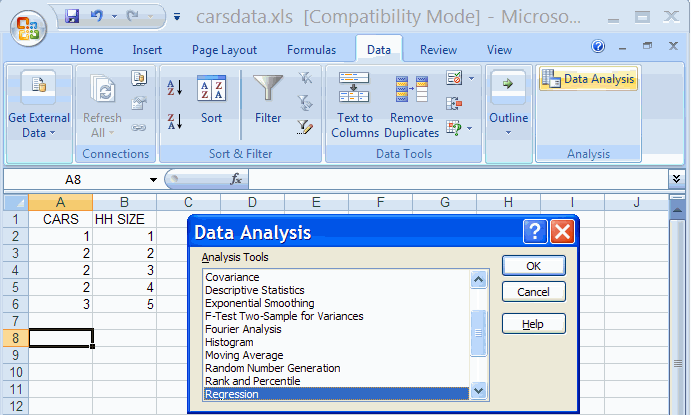

- #When did data analysis get included with excel for mac full
- #When did data analysis get included with excel for mac professional
To do this, the analyst needs to compare YTD actuals against YTD budget/plan as well as the full year budget/plan against the full year updated forecast, which would look like this:Īfter performing the variance analysis steps above, an FP&A analyst needs to put on the “investigator hat,” go to the business areas, and ask what and why: What is driving the variances? Why were targets missed, hit or exceeded? Are we going to hit, miss or exceed our annual targets based on new information?.How are we tracking against budget/plan so far?.(As a side note, it’s good practice to write notes on the variances directly on the variance analysis to the right of the data, as in the screenshot below).Īn FP&A professional who has setup a variance analysis with the steps above might think she has a good handle on things, but there are two things management really wants to know that she can’t yet answer: Analyzing variances in this way will help bring to light potential changes in seasonality and timing changes that can help to correct future forecasts. Taking the classic variance analysis one step further, an analyst can compare actuals to the period immediately prior and to the same period the prior year. It is, as its name states, the comparison of actual results to budgeted/planned results. (And by adding some conditional formatting as in the screenshot below, you can more quickly identify where areas of opportunity lie.)ĭownload Excel File Variance to prior period and same period prior year Most people are familiar with what an actual to budgeted/plan variance analysis looks like.

Related: FP&A Job Description and Responsibilities The classic: budget to actual variance Given the very ad hoc nature of variance analysis, spreadsheets are a very useful tool. Most enterprise systems have some type of standard variable reporting capability, but they often do not have the flexibility and functionality that spreadsheets provide. Most variance analysis is performed on spreadsheets (Excel) using some type of template that’s modified from period to period. If the organization utilizes a driver-based, flexible budget or plan where production costs come in higher in a period due to increased sales volume, than that may have a positive effect on organizational profit and show that in the budget to actual variance analysis. In addition, variances are relative to an organization’s key performance indicators (KPIs). For example, expenses may have come in higher than planned, but that produces a negative variance to profit. When explaining budget to actual variances, it is a best practice to not to use the terms “higher” or “lower” when describing a particular line time.

#When did data analysis get included with excel for mac professional


 0 kommentar(er)
0 kommentar(er)
